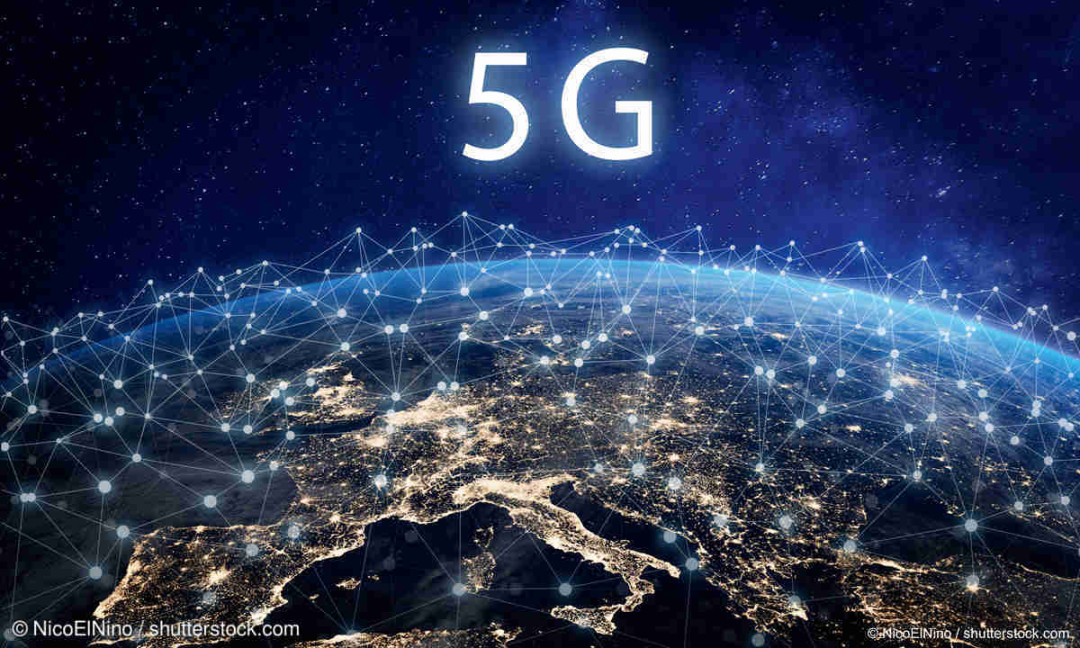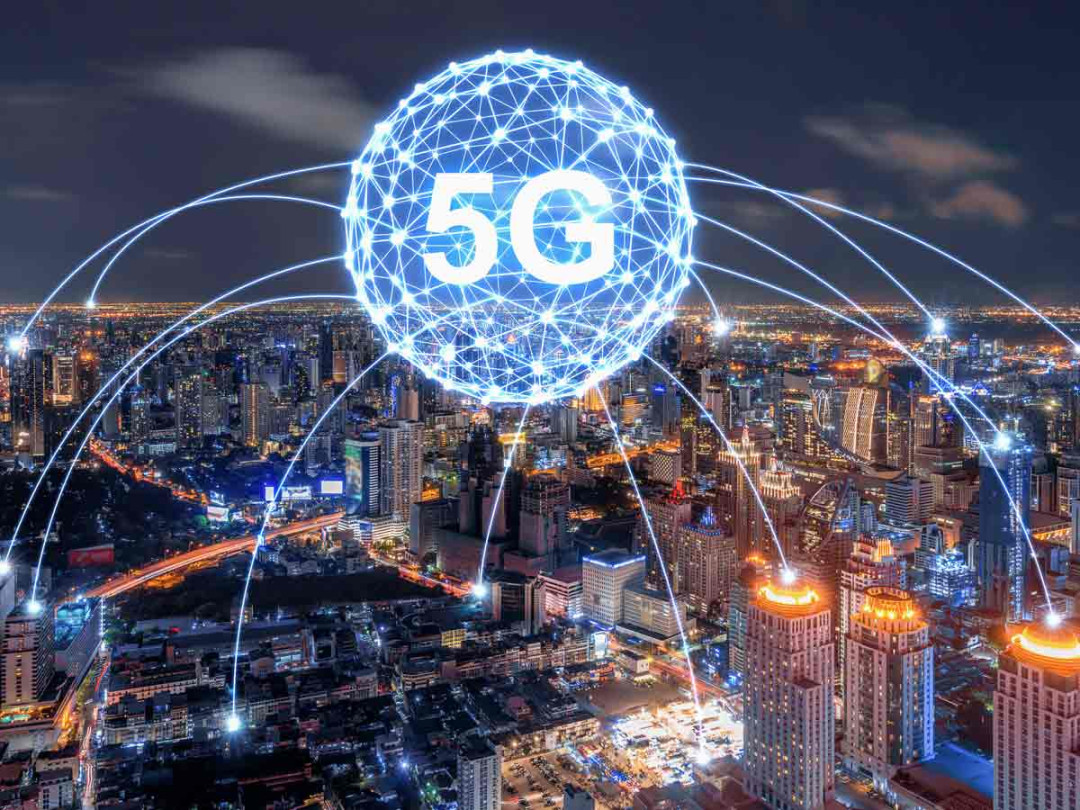Understanding 5G Technology: Revolutionizing Connectivity
Introduction
With the rapid advancement of technology, the world is now standing on the brink of a new era with the introduction of 5G. 5G, short for fifth-generation wireless technology, has been hailed as a game-changer that will revolutionize the way we connect and interact with our devices. In this article, we will delve into what 5G technology entails, how it works, its known benefits and challenges, potential solutions, and provide comprehensive information about this groundbreaking innovation.
What is 5G?
5G is the latest generation of wireless technology designed to offer faster and more reliable communication than its predecessors. It aims to provide unprecedented levels of speed, capacity, and connectivity to support a wide range of applications, including autonomous vehicles, Internet of Things (IoT) devices, smart cities, virtual reality, and much more. This transformative technology promises to enhance our daily lives by enabling us to seamlessly connect and interact with the digital world.
How Does 5G Work?

Unlike its predecessors, 5G operates on a higher frequency band, utilizing millimeter waves. These higher frequencies offer larger bandwidths, allowing for faster data transmission and reduced latency. To enable seamless connectivity, 5G networks rely on a combination of small cell sites, massive MIMO (multiple-input multiple-output) technology, and beamforming.
Small cell sites, which are smaller and more numerous than traditional cell towers, are deployed closer to users, reducing signal interference and increasing network capacity. Massive MIMO technology utilizes a higher number of antennas to transmit and receive data simultaneously, resulting in improved network efficiency. Beamforming allows 5G networks to direct a focused signal towards specific devices, enhancing signal strength and overall performance.
What is Known About 5G?

While 5G technology holds immense promise, it is important to understand what is currently known about its capabilities and limitations. 5G is expected to provide significantly faster download and upload speeds compared to 4G, with some estimates suggesting speeds up to 100 times faster. This means that downloading large files, streaming high-definition content, and utilizing bandwidth-intensive applications will become almost instantaneous.
Moreover, 5G networks will offer lower latency, meaning the time it takes for devices to communicate with each other will be greatly reduced. This is crucial for applications that require real-time responsiveness, such as autonomous vehicles and remote surgery. Additionally, 5G is anticipated to support a massive number of connected devices simultaneously, paving the way for a fully interconnected world.
Solution and Overcoming Challenges

Despite the promising potential of 5G, there are challenges that need to be addressed. One major obstacle is the need for extensive infrastructure upgrades. To fully realize the benefits of 5G technology, significant investments in building and upgrading networks will be required. Additionally, the high-frequency nature of 5G signals may face challenges in penetrating obstacles such as buildings and foliage, potentially limiting coverage in certain areas.
To overcome these challenges, telecommunication companies and governments are working together to deploy a widespread network of small cell sites and improve coverage. Countries around the world are investing heavily in the development of 5G infrastructure, ensuring that the necessary resources are in place to support this next-generation technology.
Comprehensive Information about 5G
Here are some key aspects and features of 5G technology:
Enhanced Mobile Broadband (eMBB): 5G will provide significantly faster download and upload speeds, enabling seamless streaming, downloading, and browsing experiences.
Massive Internet of Things (MIoT): 5G will accommodate a vast number of connected devices, facilitating the growth of smart homes, smart cities, and the IoT ecosystem.
Ultra-Reliable and Low Latency Communications (URLLC): 5G will offer ultra-low latency, ensuring real-time responsiveness for critical applications such as autonomous vehicles and remote healthcare.
Network Slicing: This feature allows network operators to partition the network into different virtual slices, each tailored to specific requirements, ensuring optimal performance for diverse applications.
Conclusion
5G technology is set to revolutionize the way we connect and interact with the digital world. With its remarkable speed, capacity, and connectivity, 5G will unlock a multitude of possibilities, from advanced mobile experiences to smart cities and autonomous vehicles. However, challenges such as infrastructure upgrades and coverage limitations need to be addressed to fully embrace this transformative technology. As the world eagerly awaits the widespread deployment of 5G, it is clear that it holds the potential to reshape the future of connectivity and pave the way for a more connected and advanced society.
Frequently Asked Questions (FAQs)
Q1: When will 5G be available worldwide?
A1: 5G is already being rolled out in select locations around the world, with major cities and regions at the forefront of its deployment. However, it will take time for 5G networks to be available globally, as infrastructure upgrades and deployment plans vary across different countries.
Q2: Will 5G replace 4G completely?
A2: 5G is expected to coexist with 4G for the foreseeable future. While 5G will gradually become the dominant wireless technology, 4G networks will continue to provide coverage and support legacy devices.
Q3: Will 5G have any health risks?
A3: Extensive research has been conducted to assess the potential health risks associated with 5G. Current scientific evidence suggests that 5G networks are safe and adhere to established safety guidelines.
Q4: Can existing devices support 5G?
A4: No, existing devices designed for older wireless technologies like 3G or 4G are not compatible with 5G networks. To utilize 5G, users will need to upgrade their devices to ones specifically designed to support this new technology.
Q5: What are the privacy concerns related to 5G?
A5: As with any advanced technology, privacy concerns are a valid consideration. With the increased number of connected devices and data transmitted through 5G networks, it is essential to have robust security measures in place to protect user privacy and prevent unauthorized access to sensitive information.